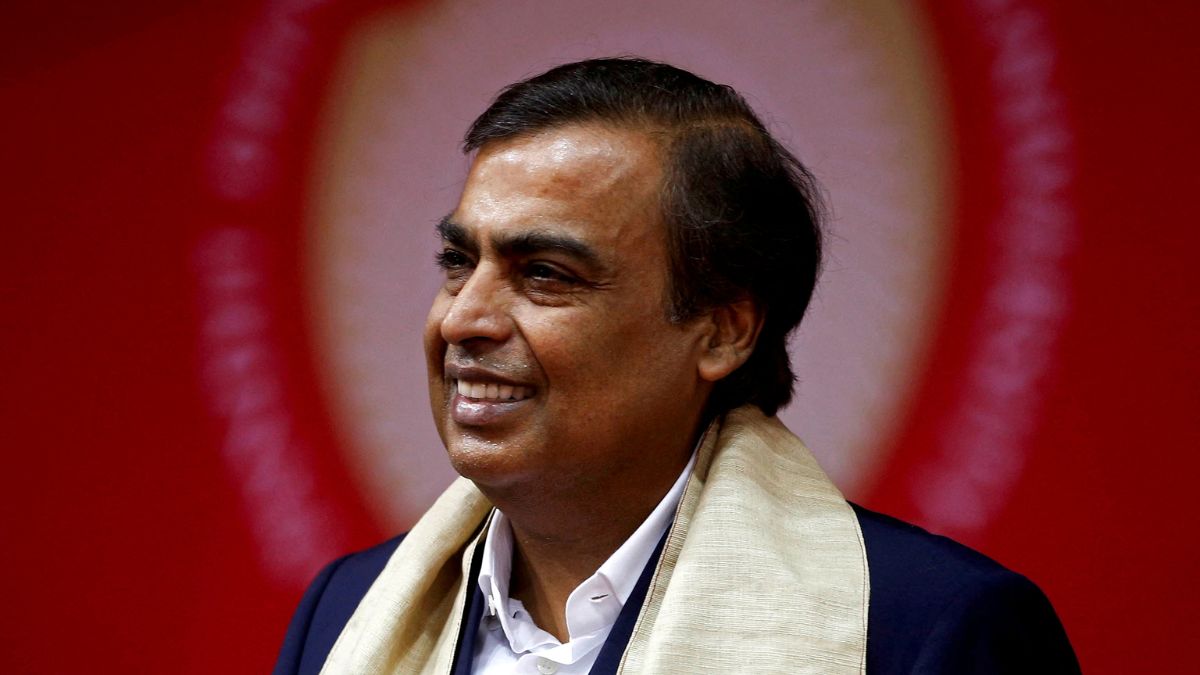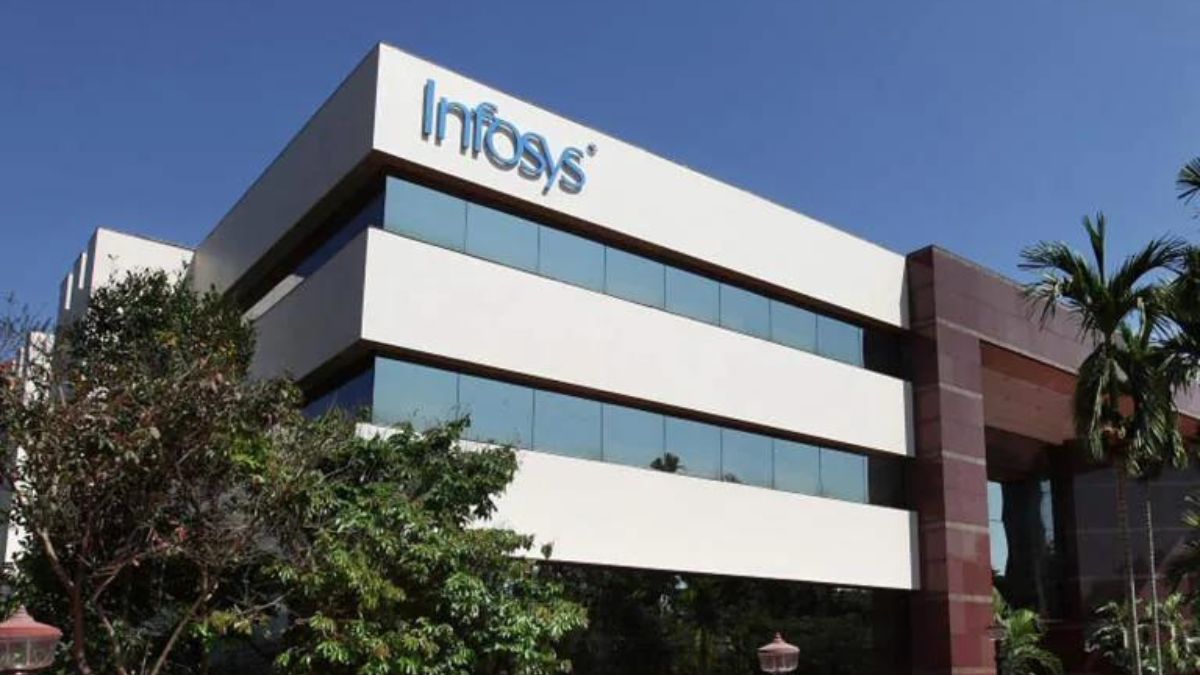James Wilson presented the first Union Budget of India on April 7, 1860. The first person to present the budget of Independent India was Ramasamy Chetty Kandasamy Shanmukham Chetty, India’s first finance minister on November 26, 1947. But who pioneered and influenced the budget of modern India? In comes Prasanta Chandra Mahalanobis, known as the data man of India, who was the foremost figure in the establishment of the Planning Commission of India read more
)
Prasanta Chandra Mahalanobis (left) with his spouse Nirmal Kumari. Department of Economics & Statistics, Kerala government
Professor Prasanta Chandra Mahalanobis, an eminent Indian scientist and statistician, is often hailed as the father of the Indian Budget. Renowned for his pioneering work in statistics, Mahalanobis played a crucial role in shaping India’s economic planning post-independence.
Mahalanobis’s role in Indian national economic planning was pivotal. He played a major part in drafting the Second Five Year Plan, advocating for substantial investments in heavy industries to foster rapid industrialisation. His economic models focused on perspective planning and logical ideas to drive economic development in a then underdeveloped country like India.
Who is PC Mahalanobis?
Born on June 29, 1893, at his grandfather’s house on Cornwallis Street in Calcutta (now Kolkata), Prasanta Chandra Mahalanobis was the eldest son of Probodh Chandra Mahalanobis and Nirodbasini Devi. His family originally bore the surname “Bandyopadhaya,” but an ancestor, Guru Charan Mahalanobis, adopted the name “Mahalanobis” when he began managing land accounts in Bengal.
Mahalanobis married Nirmal Kumari, affectionately known as Rani, the daughter of Heramba Chandra Moitra, a Puritan Brahmo leader and educationist in Bengal. Nirmal Kumari was a steadfast companion throughout Mahalanobis’s life, providing support and assistance in all his endeavours. Their partnership, which lasted for 49 years, saw Nirmal Kumari accompanying him on numerous tours abroad, significantly influencing his work and life.
LIVE: Follow Firstpost’s coverage as Finance Minister Nirmala Sitharaman presents Union Budget 2024
Mahalanobis began his education at the Brahmo Boys’ School, established by his grandfather in 1904. He earned a Bachelor of Science degree with Honours in Physics from Calcutta University under Presidency College in 1912. Subsequently, he sailed to England and joined Cambridge University, where he obtained his Mathematics Tripos Part I in 1914 and Physics Tripos Part II in 1915.
At Cambridge, he encountered Srinivasa Ramanujan, the legendary mathematician, and was introduced to statistics through the journal Biometrika, founded by Karl Pearson. This marked the beginning of his lifelong engagement with statistics.
The role of Rabindranath Tagore in Mahalanobis’ journey
Upon returning to India in 1915, Mahalanobis joined Presidency College as a temporary professor. By 1922, he had become an Assistant Professor of Physics and taught at the college for 33 years, until 1948.
He also served as Principal of Presidency College and held the position of meteorologist at the Alipore Observatory in Calcutta from 1922 to 1926.
Rabindranath Tagore played a significant role in shaping Mahalanobis’s career in statistics. Tagore took a keen interest in Mahalanobis’s work from the beginning and advised him to meet with Dr Brajendranath Seal, who further encouraged Mahalanobis to engage in statistical research.
Tagore’s support was instrumental in Mahalanobis’s decision to pursue statistics, highlighting the influence of great minds on his career.
Prasanta Chandra Mahalanobis: Father of Indian Statistics
Mahalanobis’s passion for statistics led him to establish the Indian Statistical Institute (ISI) on December 17, 1931, initially housed within the Physics Department of Presidency College.
The institute’s early years were marked by the contributions of young and talented researchers like Harish Chandra Sinha, Raj Chandra Bose, Samarendra Nath Roy, and Keshvan Raghavan Nair. In 1941, Calyampudi Radhakrishna Rao joined the institute, further enhancing its reputation.
In 1960, ISI began offering courses leading to Bachelor of Statistics and Master of Statistics degrees, and it also facilitated the award of Ph.D. and D.Sc. degrees in statistics. The first convocation of the institute, held on February 12, 1962, was a significant event, marked by the conferment of Honorary Doctor of Science degrees to luminaries such as Professor Satyendra Nath Bose, Sir Ronald Aylmer Fisher, Prime Minister Jawaharlal Nehru, Academician Andrey Nikolaevich Kolmogorov, and Walter Andrew Shewhart.
The Mahalanobis Distance
Mahalanobis’s contributions to statistics are numerous and far-reaching. His anthropometric studies led to the formulation of the D2-Statistic, commonly known as the Mahalanobis Distance, which has become a valuable tool in various fields, including taxonomy, economics, and geology.
This statistical measure opened up new avenues for research in multivariate analysis, gaining acceptance and recognition from prominent statisticians like Sir Ronald Aylmer Fisher.
In response to devastating floods in North Bengal (1922) and Orissa (1926), Mahalanobis undertook extensive statistical studies of rainfall and floods. These studies, covering about sixty years, provided critical calculations used in major hydro-electric and irrigation projects, such as those in Hirakud and the Damodar Valley.
Mahalanobis founded the Indian Journal of Statistics, Sankhya, in 1933, serving as its editor until 1972. He chose the name Sankhya, which in Sanskrit means ‘number,’ but originally referred to ‘determinate knowledge.’ This journal became the official publication of the Indian Statistical Institute and played a pivotal role in disseminating statistical knowledge.
Mahalanobis’s persistence in advocating for the use of sampling methodology in national income statistics and policy-making led to the establishment of the National Sample Survey (NSS) in 1950. The NSS became an ongoing survey collecting crucial socio-economic data across India, providing periodic estimates essential for economic development and policy decisions.
Establishment of the Central Statistical Organisation
Recognising the need for a centralised statistical system, Mahalanobis played a key role in establishing the Central Statistical Unit in 1949, which later became the Central Statistical Organisation (CSO). As the Honorary Statistical Advisor to the Cabinet, Mahalanobis ensured that the CSO coordinated all statistical activities of the government, thereby enhancing the efficiency and accuracy of statistical data collection and analysis.
Mahalanobis’s interaction with Dr. Walter Shewhart, known as the ‘Father of Statistical Quality Control,’ led to the promotion of statistical quality control methods in Indian industries. Starting in 1953, the Indian Statistical Institute took the initiative to spread these methods by establishing Statistical Quality Control units across India.
Mahalanobis recognised the importance of tech
Mahalanobis was one of the first to recognise the importance of computers for statistical analysis. In the 1950s, he arranged for the installation of electromechanical data processing machines from IBM at the ISI to process NSS data.
His foresight led to the design and construction of a small analog computer at the institute in 1953, marking the beginning of computer-based statistical analysis in India.
Mahalanobis represented India on various international platforms, including the United Nations Statistical Commission, where he served as a member, vice-chairman, and chairman. He also chaired the Conference of Statisticians of the United Nations Economic Commission for Asia and the Far East (ECAFE) in 1952, contributing significantly to international statistical cooperation.
Mahalanobis’s outstanding contributions to statistics and planning earned him numerous awards and honours. He was elected a Fellow of the Royal Society of London in 1945 and received the Weldon Medal from Oxford University in 1944.
In 1968, he was awarded the Padma Vibhushan, India’s second-highest civilian honour, for his services to science and the nation. He also received honorary doctorates from several universities, including Calcutta University, Sofia University, Delhi University, and Stockholm University.
The Contributions of James Wilson and K. Shanmukham Chetty
James Wilson, a British businessman and politician, played a pivotal role in laying the foundations of India’s fiscal system. Sent by the British government in 1859, Wilson was tasked with reorganising India’s finances following the 1857 rebellion.
He introduced the first Indian budget in 1860, setting the groundwork for future fiscal policies and establishing the framework for modern financial administration in India.
Also Read: Indian economy is ‘shining exception’ in times of global policy uncertainties
K. Shanmukham Chetty, an Indian economist and politician, presented the first budget of independent India on November 26, 1947. His budget focused on stabilising the newly independent nation’s economy, addressing issues of food shortages, inflation, and the rehabilitation of refugees.
Chetty’s work marked the beginning of India’s journey towards self-sustained economic planning and development. His efforts laid the foundation for the systematic economic policies that followed, contributing to the nation’s long-term growth and stability.

 1 month ago
17
1 month ago
17
)
)
)
)
)
)
)
)
)
)
)
)
)
)
)
)
)
)
)
)
)
)
)
 English (US) ·
English (US) ·